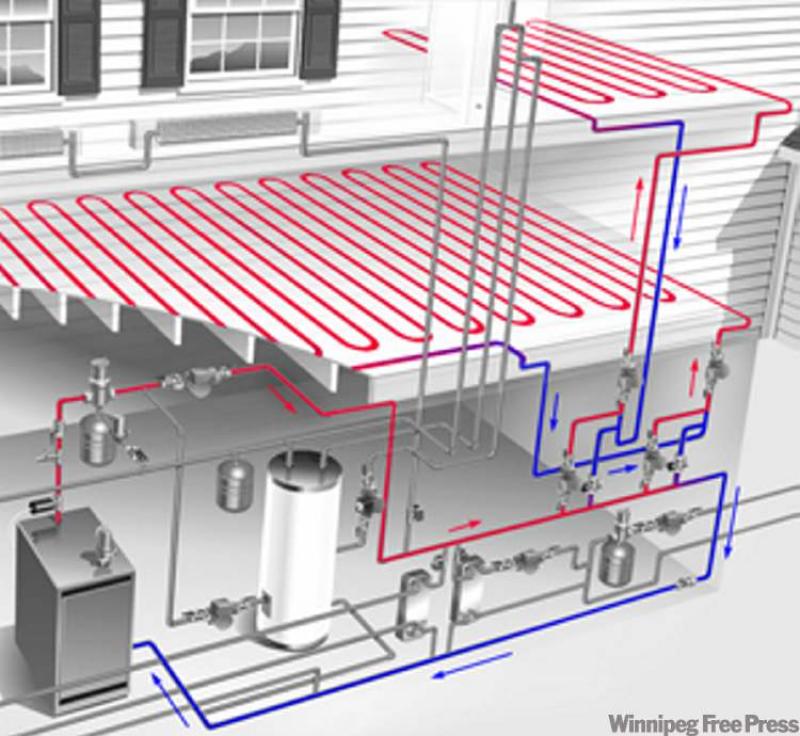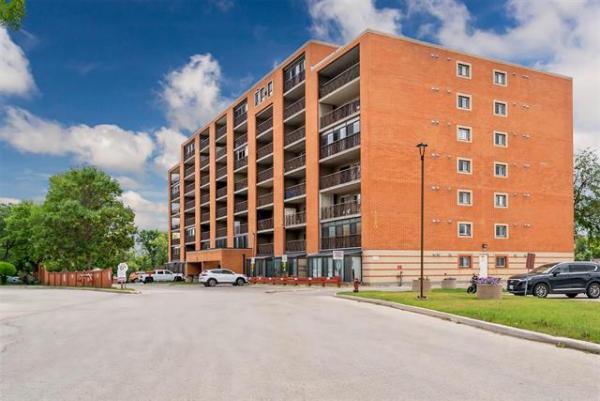QUESTION: We live in a typical late-'30s River Heights two story house, and are planning an upstairs bathroom renovation. It's relatively small, about seven by eight feet with an eight-foot ceiling. The room has one exterior wall with a tri-pane window and a big, ugly radiator.
Our renovation company suggests that we could get rid of the radiator by closing off the pipes to the bathroom and replacing it with a combination of good insulation, under-tile floor heating elements and a ceiling heat lamp to provide sufficient heat.
Do you agree that this will be adequate?
We've seen some interesting compact designer radiators online, especially from Europe, but local plumbing and heating companies seem reluctant to get involved with these niche products. If you think that our heating sources will be insufficient and that we should go with a mini-rad, any recommendations for a local company that can do the job?
Thanks very much, Randy Kroeker
ANSWER: A decade ago I would have had a different answer to your question, but there have been many innovative heating products emerge in the last 10 years. Many of these have become economically feasible, and the newer technologies have become more common as local contractors become more familiar with these systems.
The space gained by removing your old cast-iron radiator in your smallish bathroom may be worth the effort. Normally, these old rads are located under the outside window or on the one interior wall where valuable space could be used for cabinets. In either case, the room gained by removal of this large fixture may allow you to fully modernize your bathroom and accommodate full-sized new fixtures.
Replacement with a smaller, low-profile radiator is certainly possible, but some of these have covers made of painted steel and may corrode over time in the high-moisture environment of your bathroom. Replacement of the old rad with a much smaller one, possibly purchased at a used materials store like Habitat's Re-Store, may be the most cost-effective and energy-efficient option.
In-floor electric heating elements have become quite popular, particularly with bathroom renovations, for several reasons. While they can be pricey to purchase and install, they should provide sufficient heat for your small bathroom even without the heat lamp. The big benefit is that these systems are often installed underneath ceramic floor tiles and can turn this normally cool material into a comfortable radiant heat source. Not only will it warm the tiles under your feet, it can provide enough additional heat for the rest of the room.
The beauty of these in-floor heating systems is that they can be embedded in a similar mortar bed that is used as a mastic for typical ceramic or porcelain floor tiles. This makes them perfectly compatible for a complete bathroom renovation. Another improvement over your current system is that the new floor heating will be controlled by an independent GFCI thermostat installed in the bathroom, allowing for better temperature control in that room.
The main drawback of this type of heating system is the cost. Initial cost of installation is likely higher than most other systems, and ongoing costs are also higher. Heating this individual floor with electricity rather than hot water from your boiler will add to your Hydro bill. While this additional energy cost may not be exorbitant, it will be noticeable if you plan to keep the floor at a temperature that will feel warm when walked on.
The response time for the floor to heat up and cool down will be slow, much like your current radiator, so subtle adjustments will not be possible over a short time-span. In other words, turning up the thermostat as you enter the bathroom to take a shower may not heat up the floor to your satisfaction by the time you're towelling off.
While I agree with local plumbers and heating contractors that heating equipment designed and constructed overseas may be too difficult to adapt to your older hydronic system, there may be another option.
Installation of a radiant in-floor heating system attached to your current hot-water one would be the most energy-efficient system and probably best long-term value. Running a series of specially designed plastic pipes, attached to your current boiler piping, under the bathroom flooring will have a similar result to the electric-grid heating but with a lower energy cost. Because you're already using your boiler to heat the entire house with hot-water radiators, replacing the old one in the bathroom with one installed in the floor should not change your energy consumption.
The main concern with this suggestion will likely be the same as with the use of foreign fixtures. Ensuring that your current boiler system is compatible with radiant, in-floor heat is the key. Significant modifications may be required, and this could it impractical.
Installation of an embedded heating system with liquid flowing through pipes on the upper floor of your home would also be quite troublesome if anything becomes damaged. Leakage from this area could be disastrous, although this can also occur if your current radiator system breaks down.
To sum up, replacement of your clunky old radiator with an in-floor electric-grid heating system should provide you with adequate heat, as long as it's properly installed and the radiant surface is a high-quality material like porcelain, stone or ceramic tiles. Alternatives such as smaller rads or in-floor water piping should also be explored as they may have lower energy use and provide greater savings in the long term.
Finding a local contractor for this modification may require considerable investigation, and ensuring that the HVAC contractor you choose has years of experience with many different types of hydronic heating systems is critical.
Ari Marantz is the owner of Trained Eye Home Inspection Ltd. and president of the Canadian Association of Home & Property Inspectors-Manitoba (www.cahpi.mb.ca). Questions can be emailed to the address below. Ari can be reached at (204) 291-5358 or check out his website at www.trainedeye.ca
trainedeye@iname.com




